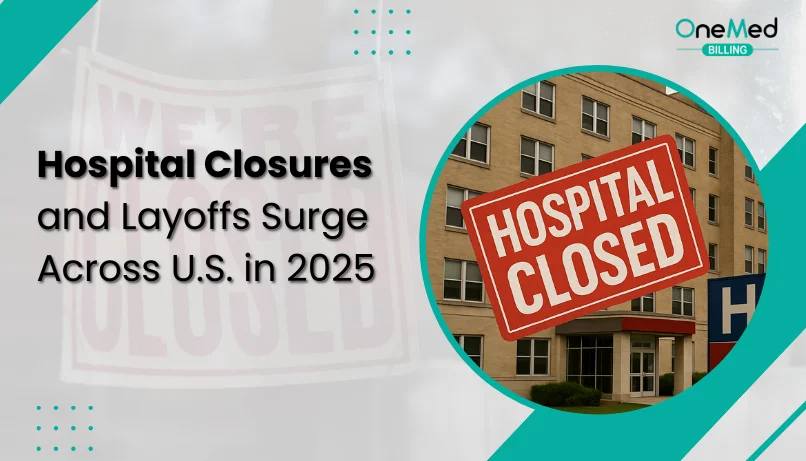Hospital Closures and Layoffs Surge Across U.S. in 2025
- August 16, 2025
August 15, 2025 | Washington D.C. - The American healthcare system is facing one of its most turbulent years in recent memory, as more than 25 hospitals across the country have closed their doors in 2025 alone, with thousands of healthcare workers laid off. Industry experts warn that this wave of disruption may only be the beginning unless urgent financial and structural reforms are enacted.
Rising Costs, Shrinking Reimbursements
At the heart of the crisis are mounting financial pressures. Hospitals, especially those in rural and underserved areas, are struggling to stay afloat amid rising operational costs, declining patient volumes, and stagnant or shrinking reimbursements from both public and private insurers.
Many closures stem from the shift to value-based care models, which emphasize outcomes over volume. While the approach aims to improve long-term patient results, it has left some smaller hospitals financially vulnerable during the transition period.
“We’ve reached a breaking point where operating a hospital, particularly a standalone one, is simply no longer viable in certain markets,” said Dr. Evelyn Martinez, a healthcare economist based in Chicago.
Layoffs Hit Frontline Workers Hardest
With closures come deep staffing cuts, including frontline clinicians, nurses, administrative staff, and janitorial workers. The layoffs are not isolated to closed facilities; larger hospitals and health systems are also downsizing departments in an effort to streamline operations.
According to recent reports, more than 15,000 healthcare workers have lost their jobs in the first half of 2025, and more cuts are expected as systems consolidate and offload less profitable service lines.
Patients in Rural America Left Behind
Rural communities are bearing the brunt of the crisis. When a hospital shuts down in a rural area, patients often have to travel 50 miles or more for basic care or emergency services. This not only endangers lives but also places additional stress on already overburdened hospitals in nearby cities.
Organizations like the National Rural Health Association have sounded the alarm, urging federal intervention to prevent further erosion of access to care in vulnerable regions.
Industry Response and Policy Implications
Amid the turmoil, some health systems are turning to RCM (Revenue Cycle Management) outsourcing and automation to improve their bottom lines. But critics argue that technology alone won’t solve deep-rooted issues like underfunding, staffing shortages, and inequitable resource distribution.
Lawmakers are beginning to take notice. A bipartisan group in Congress has proposed a $4 billion stabilization fund aimed at supporting distressed hospitals, especially in rural and inner-city areas. However, the bill’s future remains uncertain amid broader budget negotiations.
What’s Next?
Experts warn that without substantial changes in healthcare funding, payer policy, and workforce development, the closures and layoffs could accelerate. While healthcare delivery models continue to evolve, the immediate concern remains clear: ensuring patients have access to safe, timely, and local care.
“Healthcare can’t be allowed to collapse under its own weight,” said Dr. Martinez. “These closures are a warning sign, and we need to act fast.”


